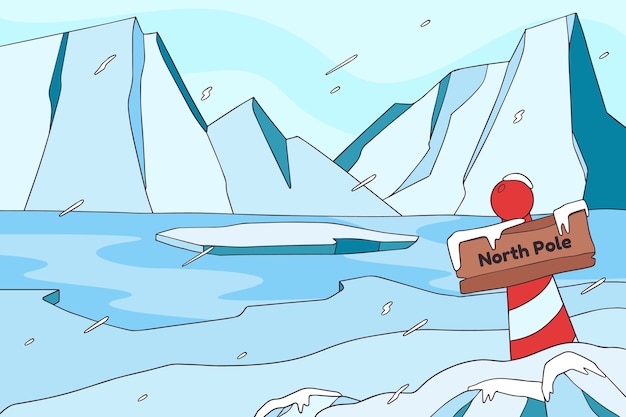Fascinating Facts about the Tundra Biome

The tundra biome is the coldest and driest biome on Earth.
Tundra comes from the Finnish word tunturi, meaning treeless plain.
The tundra biome covers about 16% of Earth’s land surface.
The Arctic tundra is located in the Northern Hemisphere, while the Antarctic tundra is in the Southern Hemisphere.
The soil in the tundra is called permafrost because it remains frozen year-round.
Despite the harsh conditions, some plants, such as Arctic moss and lichens, can survive in the tundra biome.
The tundra biome is home to several animal species, including polar bears, Arctic foxes, and caribou.
The tundra experiences long, cold winters with months of continuous darkness.
During the summer, the tundra experiences 24 hours of daylight, known as the midnight sun.
The tundra biome receives very little precipitation, mostly in the form of snow.
Many bird species, such as snow buntings and ptarmigans, migrate to the tundra during the summer to breed.
The tundra biome acts as a carbon sink, absorbing more carbon dioxide than it releases.
Due to the harsh environment, plant growth in the tundra is very slow, with some plants taking decades to reach maturity.
The tundra biome is a fragile ecosystem that is highly sensitive to climate change.
The tundra is an excellent place for scientific research due to its pristine conditions and unique biodiversity.
The tundra biome experiences strong winds, sometimes reaching hurricane speeds.
Fascinating Facts about the Tundra Biome part 2
The tundra soil is low in nutrients, making it difficult for plants to grow.
The tundra is the home of several indigenous groups, including the Inuit and Sami people.
The tundra biome provides important breeding grounds and migration routes for various bird species.
Many animal species in the tundra have adapted to the extreme cold by having thick fur or hibernating during the winter.
The tundra has a short growing season, usually only lasting a few months.
The tundra biome has some of the lowest population densities in the world.
The melting of permafrost in the tundra can release large amounts of greenhouse gases, contributing to global warming.
The tundra is an incredibly peaceful and serene environment, with vast expanses of untouched wilderness.
The tundra is the largest biome in Canada, covering about 40% of the country’s land surface.
The iconic polar bear is uniquely adapted to life in the Arctic tundra.
The tundra is known for its breathtakingly beautiful landscapes, with snow-capped mountains and frozen lakes.
The tundra is an excellent place for star-gazing due to its minimal light pollution.
The tundra biome has a variety of unique plant species, such as the Arctic poppy and the cotton grass.
The tundra is home to the iconic muskox, a large and shaggy mammal that is well-adapted to the cold.
The tundra is an ideal place for reindeer herding, which has been a traditional livelihood for many indigenous communities.
The tundra’s frozen ground acts as a natural freezer, preserving the remains of ancient animals and plants.
The tundra ecosystem is interconnected, with all its inhabitants relying on each other for survival.
The tundra biome provides important ecosystem services, such as water filtration and carbon sequestration.
The tundra has a diverse range of bird species, some of which migrate thousands of miles to reach their breeding grounds.
The tundra’s treeless landscape allows for incredible panoramic views and uninterrupted horizons.
The tundra experiences extreme temperature fluctuations, with average winter temperatures dropping below -30°C (-22°F).
The tundra is one of the most difficult places on Earth for human habitation due to the harsh conditions.
The tundra’s unique climate and vegetation make it a popular destination for nature photographers and filmmakers.
The tundra is home to many fascinating insect species, including butterflies and mosquitos.
The tundra’s low temperatures slow down decomposition, resulting in the accumulation of organic matter over thousands of years.
The tundra is the stronghold of the polar bear population, one of the most recognizable symbols of the Arctic.
The tundra acts as a crucial breeding ground for migratory birds, often hosting thousands of nests during the summer months.
The tundra biome has inspired many artists and writers with its stark beauty and untouched landscapes.
The tundra is a fragile ecosystem that requires careful management and conservation efforts to preserve its unique biodiversity.

